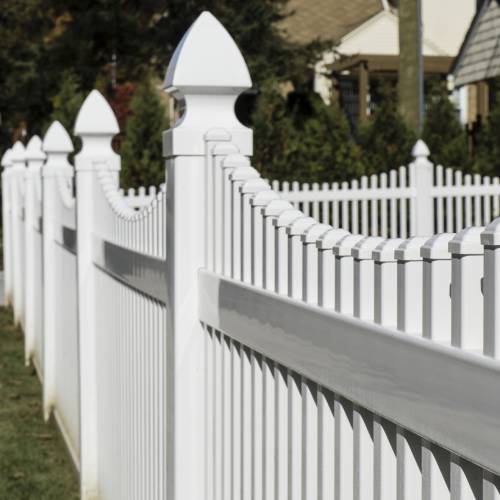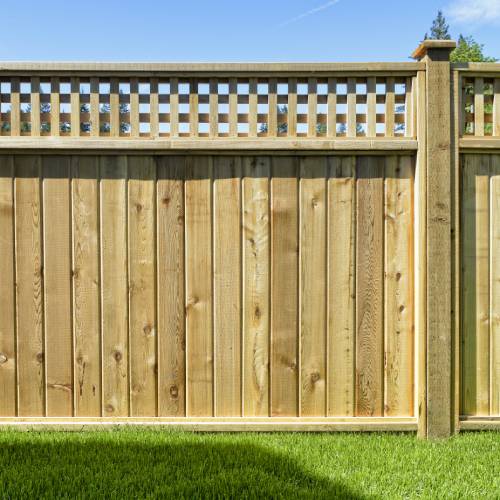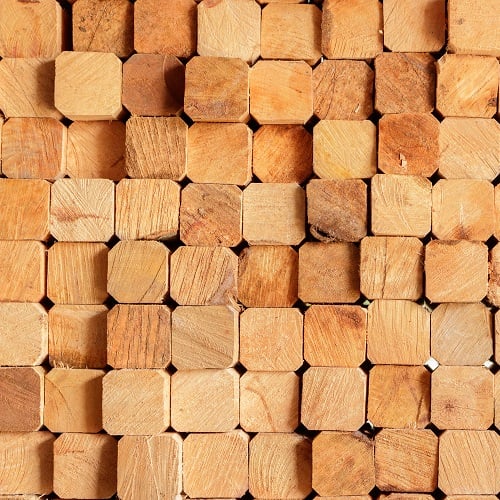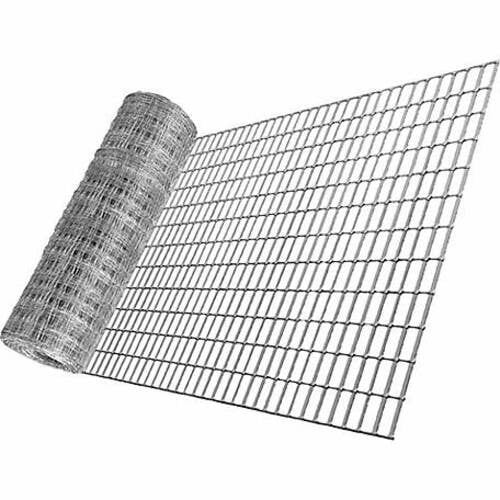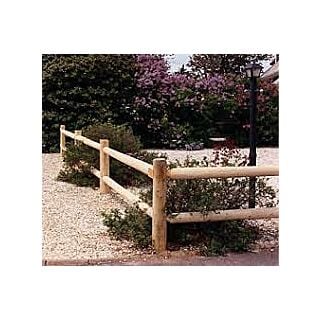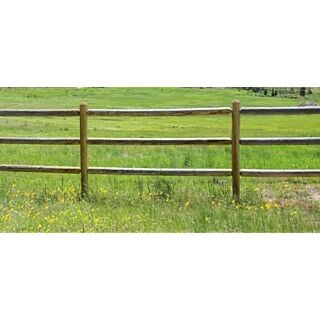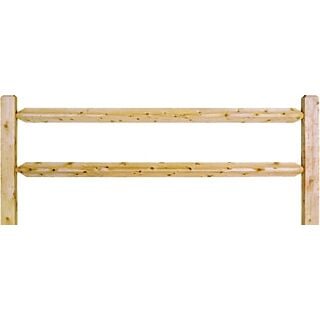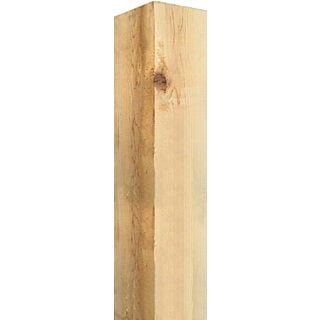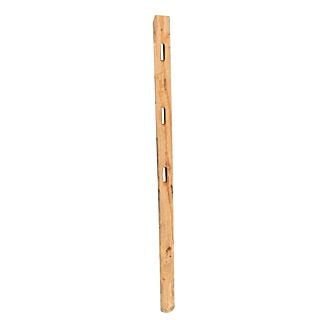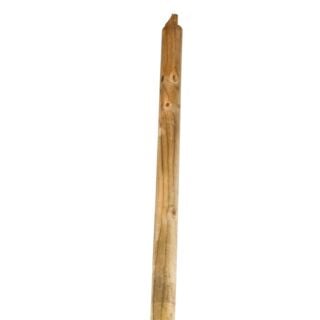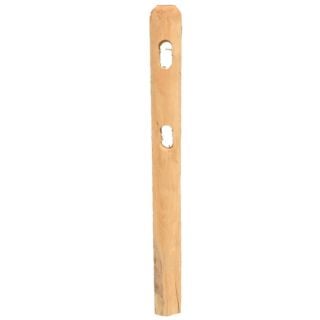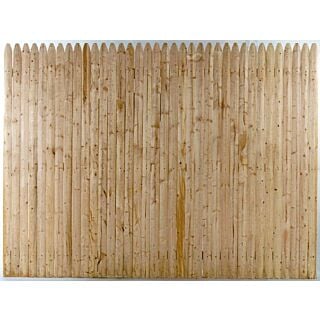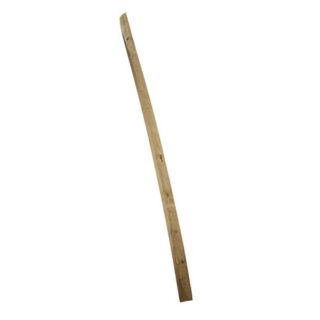Best Sellers
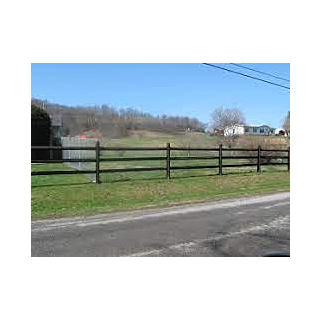 Split Rail Fence - 3-Rail Section 11 ft. Rails, (Build Your Own) SKU: BYO-3LS
Split Rail Fence - 3-Rail Section 11 ft. Rails, (Build Your Own) SKU: BYO-3LSStarting at $14.75
Unit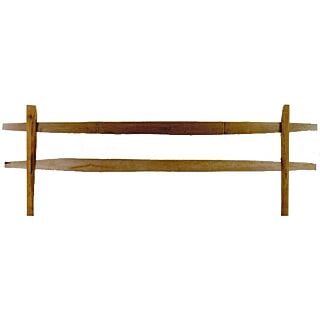 Split Rail Fence, 2-Rail Section, 11 ft. Rails, (Build Your Own) SKU: BYO-2LS
Split Rail Fence, 2-Rail Section, 11 ft. Rails, (Build Your Own) SKU: BYO-2LSStarting at $14.75
Unit
A well-known New England poet, Robert Frost, once wrote that ‘good fences make good neighbors.’
He was right. A well-designed, well-constructed fencing not only defines your own outdoor spaces and adds to your property value;. It also impacts your neighbors’ outdoor areas and can enhance the aesthetic value of your entire community.
Ring’s End offers many types of fences in many styles and materials, from a classic picket fence made from weather-resistant vinyl to a rustic post and rail fence made from premium grade cedar.
Gates
Cedar gates are both practical and beautiful. They can be left in their natural state; they can also be stained or painted to coordinate with other landscape features like fences or arbors.Many can be made using an extra piece of fencing, other speciality deigns can be special ordered.
Arbors
Arbors are a beautiful way to add architectural interest to lawns, yards, and gardens. They can support climbing plants or vines. Arbors are either arched or square topped with lattice on the sides that are structures erected over entrances and walkways. Ring’s End offers these structures in durable red cedar by special order.

